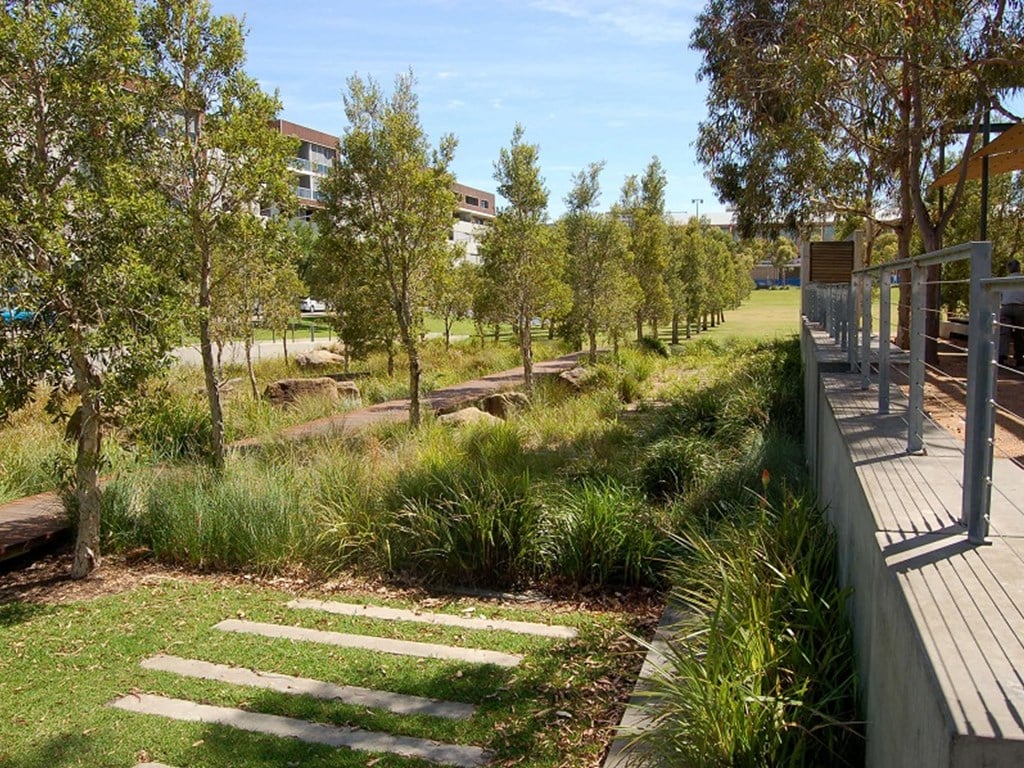The March 2023 Interface collection tackles a timely and urgent challenge - how the planning profession can contribute to nature recovery. Edited by Mark Scott and Gavin Parker, the series of seven essays brings together academic and practitioner voices to explore the potential, and the limits, of planning in responding to the biodiversity crisis.
As Scott and Parker argue, nature recovery should be core to planning’s purpose: stewarding land, resources, and development for the long term. In their words, planning should be “an endeavour that embraces careful stewardship of resources, appropriate location, type and design of development, sustainable land use and long-term thinking.”
In highlighting these objectives, the essays provide real-world examples of where planning is already engaging with nature recovery, while offering critical reflections on the gaps and challenges that remain.
Importantly, the collection bridges theory and practice, showcasing collaborative pieces between academics and policymakers. This ensures that proposals for biodiversity action remain grounded in the tools, knowledge, and capacity of planning systems as they are, as well as how they might be. The essays also span global contexts—from grappling with biodiversity net-gain frameworks in the UK, to case studies in Melbourne, Australia, and Bannau Brycheiniog National Park in Wales. Each illustrates how biodiversity-inclusive spatial planning can create ecological, economic, and social benefits. The collection also reflects on Ireland’s recent Citizens’ Assembly on Biodiversity, highlighting the value of deliberative democracy in shaping policy in this area.
A social housing scheme in Sydney, Australia. The incorporation of nature provides important co-benefits for local residents, including
shade from high temperatures, space for restoration and social interaction, a place for physical activity
and acting as a ’sponge’ during short periods of intense rain. (Credit: Mark Scott)
Taking a critical view, Scott and Parker warn of the growing strain on planning systems already overloaded with targets and limited resources. Without adequate capacity, even the best intentions risk falling short. Still, they argue, planning must remain central to nature recovery - from local interventions to national coordination. For planning practitioners, this collection is a rallying call: nature recovery is not just an environmental goal but a planning imperative.
This Interface includes the following contributions:
- ‘The Biodiversity Crisis and Emerging Roles for Planning.’ Mark Scott and Gavin Parker
- ‘The Global Biodiversity Challenge.’ Meri Juntti, Joshua Castellino and Oscar Forero
- ‘Planning and Biodiversity Net Gain in the UK.’ Ian Mell and Gemma Jerome
- ‘Towards a Biodiversity Inclusive Planning Culture in Melbourne’s Urban Fringe’ Marco Amati, Cris Hernandez, Chris Buntine and Amanda Dodd
- ‘Nature Recovery and Agricultural Transitions: A Role for Land-Use Planning?’ Iqbal Hamiduddin, Chris O’ Brien and Helen Lucocq
- ‘Confronting the Politics of Unsustainability in Ireland’s Citizens.’ Assembly on Biodiversity Loss.’ Mick Lennon
- ‘Planning for Nature Recovery: Land, People, Markets and Metrics.’ Richard Blyth, Gavin Parker and Mark Scott
Full reference
Scott, M. & Parker, G. (ed) (2024) The Biodiversity Crisis – Planning for Nature Recovery? Planning Theory & Practice, 25(1), 103–140. https://doi.org/10.1080/14649357.2024.2322879
About Planning Theory and Practice and Interface
Planning Theory & Practice is the RTPI's internationally regarded research journal. It provides a focus for the development of theory and practice in spatial planning and encourages the development of a spatial dimension in other areas of public policy. It examines policy development in fields such as housing, regeneration, transport, urban design, participatory practice, diversity and climate change.
Interface is a section within Planning Theory & Practice which takes an original approach to stimulating critical and challenging debate between academics and practitioners on planning matters. It encourages analytical reflection on practice and practical engagement with theory. Each issue offers a useful multifaceted investigation of a topical theme, in the form of a series of contributions reflecting on an issue from different perspectives.
